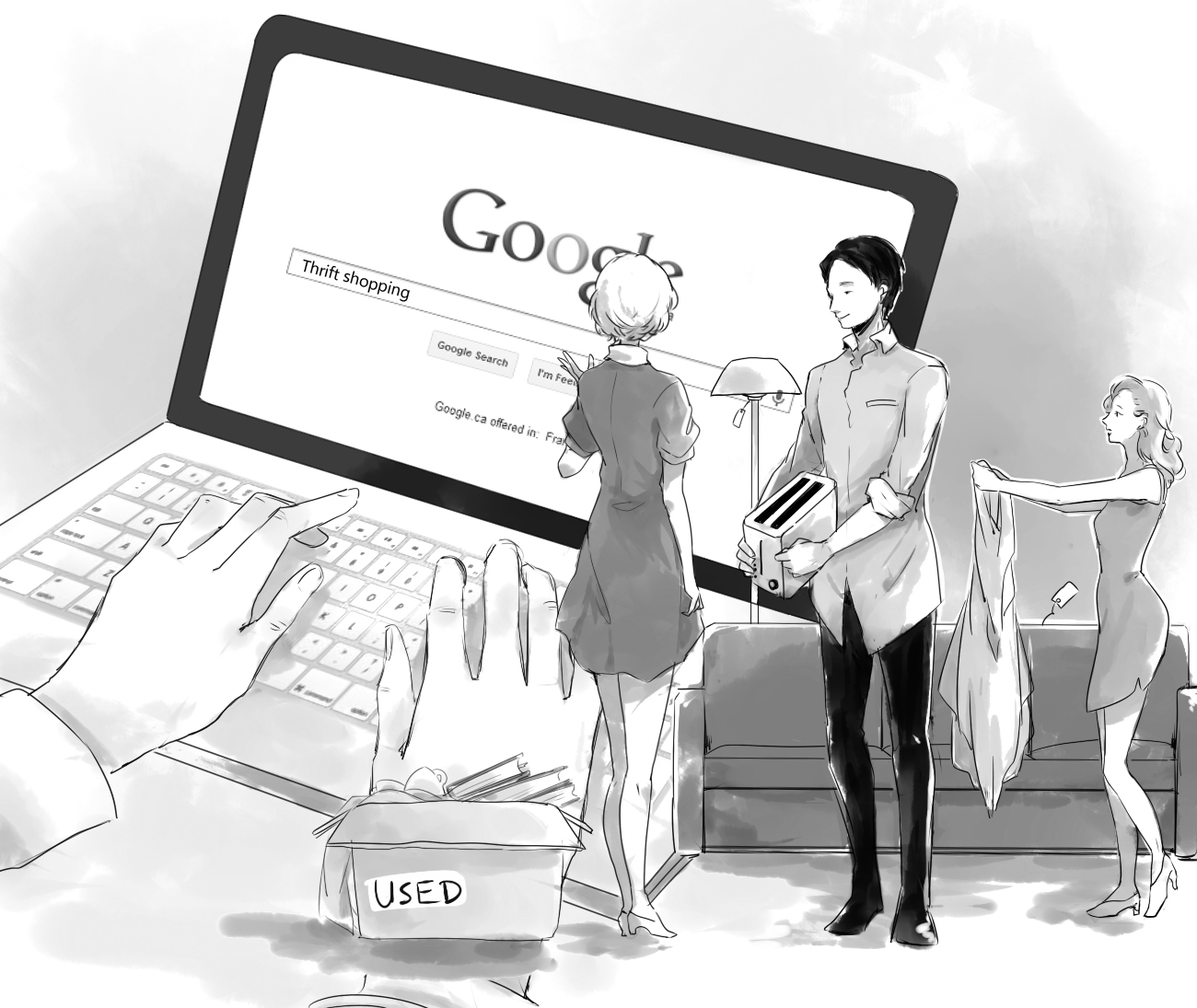Young people, especially university students, have long been known to live on tight budgets. Among young adults today, however, frugality has evolved from a simple act of necessity into a growing way of life.
Today some have embraced a lifestyle of saving money by buying used items. Here at McGill, students have begun several campaigns which promote buying and selling items secondhand. Campus Swaps, for example, is a student-run sustainability initiative which collects goods from graduating students and sells them back to new students, creating a cycle of ownership on the McGill campus. There are also several student-created Facebook groups for McGill students to buy and sell used items. Posts on these groups are frequent, ranging from used clothes to toaster ovens and furniture. Not only do these campaigns provide affordable used goods for students, but they also cut down on waste by giving new purpose to old clothes and product that would have otherwise been discarded.
Being thrifty, however, has become more than a responsible habit for many. Last year, Inter-Residence Council (IRC) hosted a “Thrift Shop” party for McGill students living in residence, a theme inspired by Macklemore’s hit song of the same name. Students eagerly donned second-hand clothing, and danced to Macklemore’s lyrics. The song’s praise of thrift shopping isn’t simply about saving money. Macklemore describes a lifestyle choice, pointing out that buying unique clothes at a thrift shop is, in his eyes, a more authentic form of self-expression than wearing the same designer shirt as thousands of other people.
“Few generations have practiced financial moderation and self-restraint as enthusiastically as young people today.”
The proliferation of buying secondhand has several causes. In an economy still reeling from the global recession, and university students facing unprecedented levels of student debt upon graduation, it makes sense that spending habits are becoming more austere. Additionally, there has been a significant cultural change from the extravagance of the 90s and early 2000s; spending seems to have gone out of style. While there continues to be some demand for high end goods, the stigma associated with buying used clothing has dissolved; for some, wearing vintage clothing has become desirable. There also is an ecological component; buying used items benefits the environment by reducing the quantity of new goods that need to be produced and cutting down on waste.
Millennials are not the first generation that have had to cope with an unstable economy; the recent “Great Recession” has been freqently compared to the Great Depression, while the oil crisis in the 70s led to a similar forced frugality. However, it seems few generations have practiced financial moderation and self-restraint as enthusiastically as young people today. What remains uncertain is whether buying secondhand is a fad or an actual transformation in the way young adults view the acquisition of goods.
This is a formative period in the lives of students, and it is entirely possible that habits adopted now will remain into adulthood. Furthermore, studies have shown that students who graduate university during a recession often have depressed wages during their working years—another reason why young adults may remain frugal later in life. Regardless of the future of secondhand shopping, lifestyle choices today will certainly reap both financial and environmental benefits.







